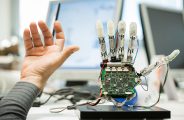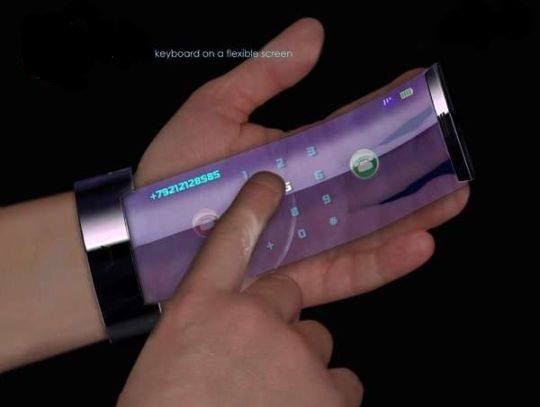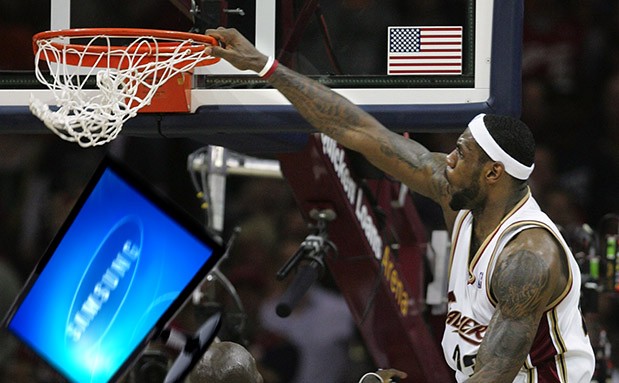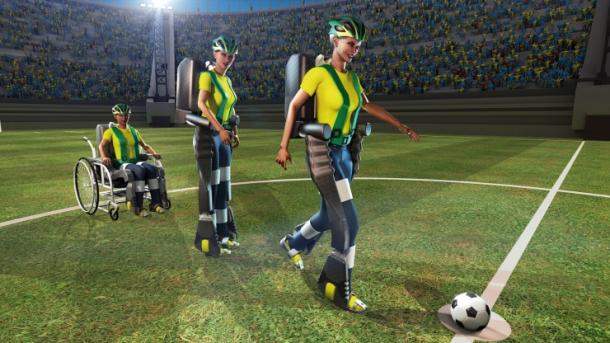Scientists BioPrint Muscle Tissue That Can Sustain Itself

Scientists print muscle tissue with blood pathways that allow the tissue to sustain itself.
The notion of 3D printed biological tissue in a lab presents some very big challenges for scientists. The main challenge has been without blood pathways, the cells on the interior of the tissue become starved for oxygen, while also having no way to dispose of waste. These debilitating factors ultimately cause the muscle tissue to suffocate and die.
However, a new bioprinting method developed by researchers from the Wyss Institute for Biologically have enabled the creation of tissue with small blood vessels and multiple cell structures to create tissue that forms with ventricle holes for blood pathways.
The group used three specially developed “bio-inks,” that incorporate certain biological properties from real living tissue. The first bio ink used consisted of an extracellular matrix, which joins the cells together to form tissue, while the second ink used a combination of the extracellular matrix and living cells.
The team’s short term ambitions for the technology are centered on creating 3D tissues that mimic living tissue closely enough to be used for injury & transplant victims. “That’s where the immediate potential for impact is,” said Jennifer Lewis, Care Faculty Member of the Wyss Institute and a senior author of the study. ” The Medical industry has been waiting for this for some time and the possibilities are endless.”

































































